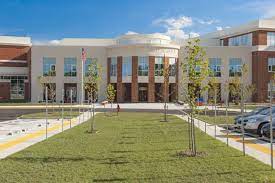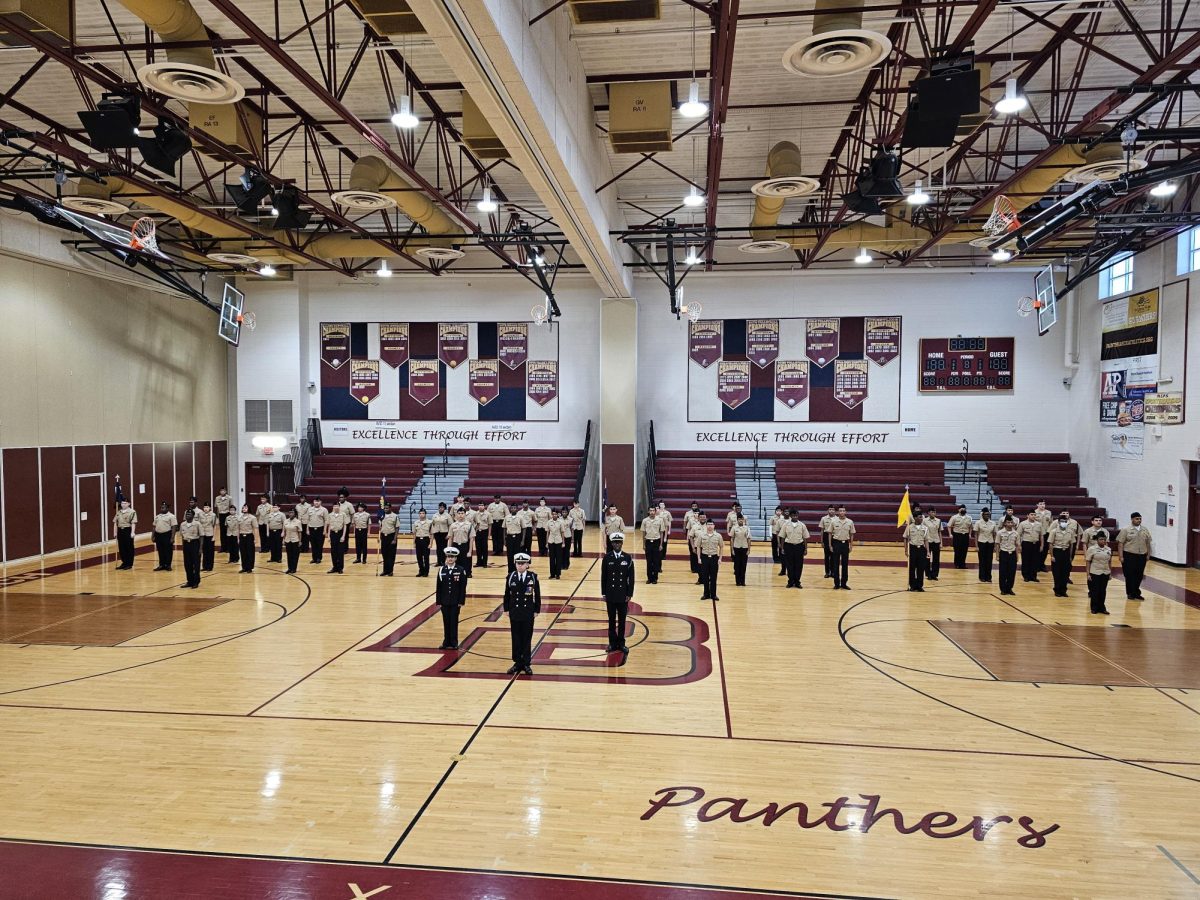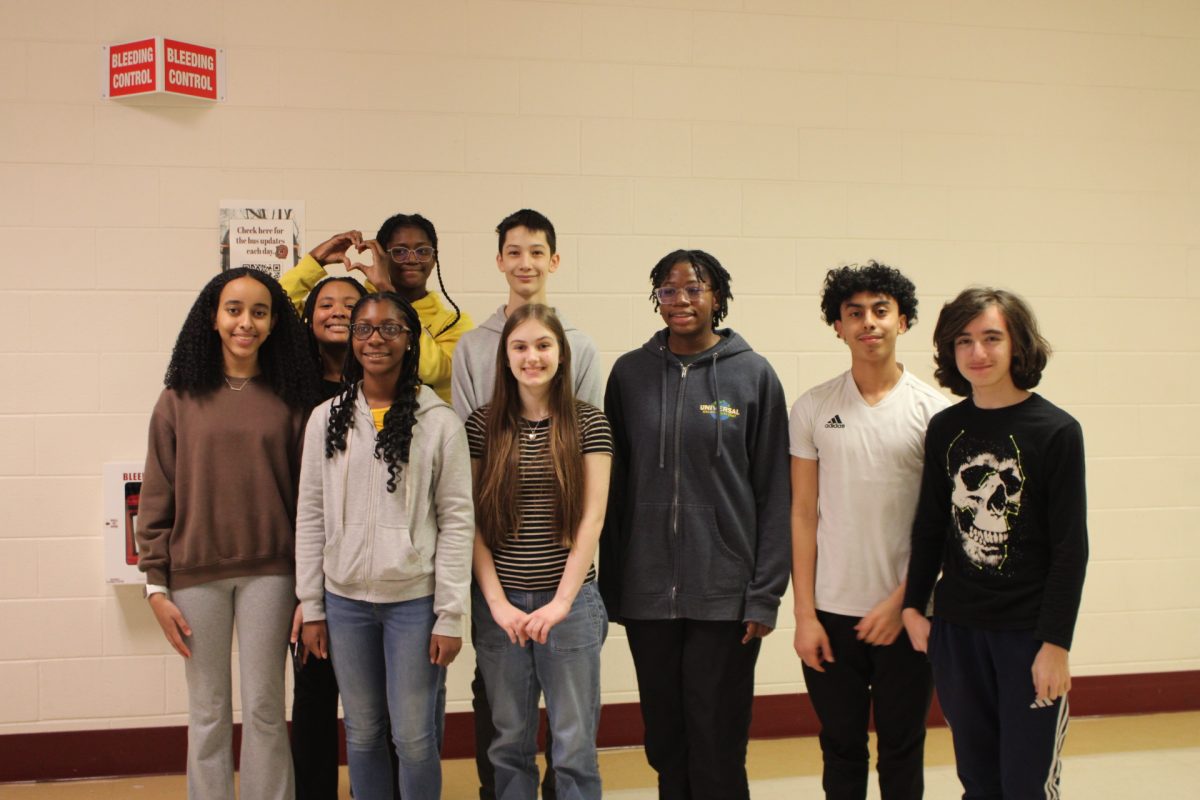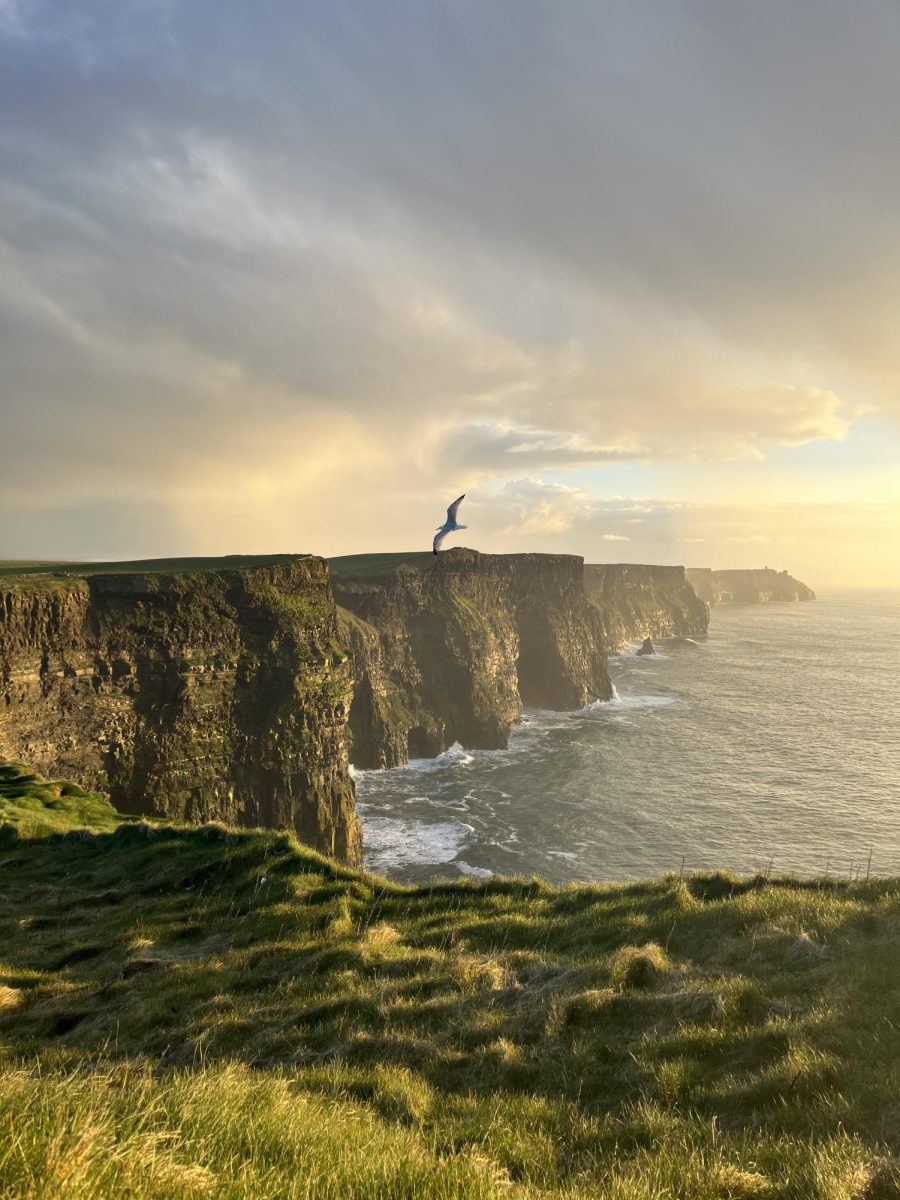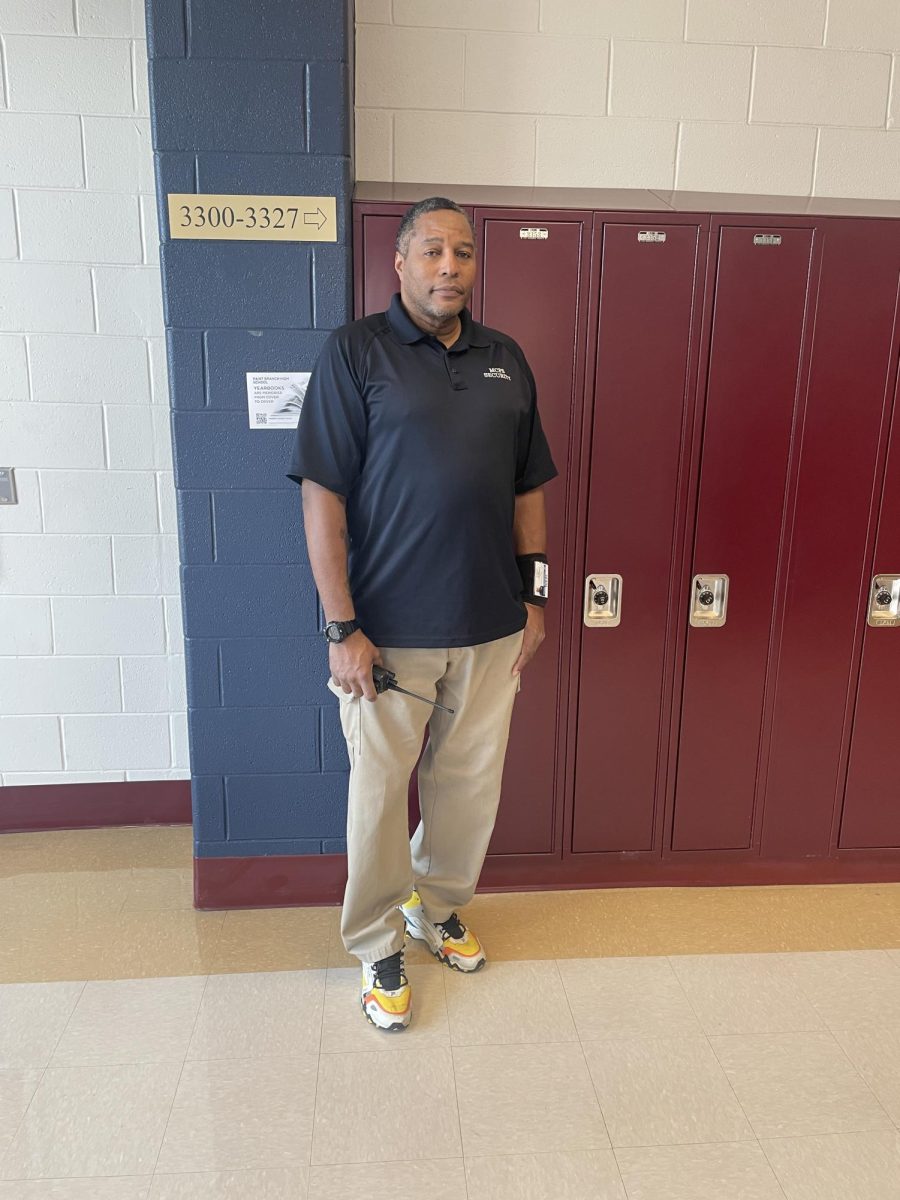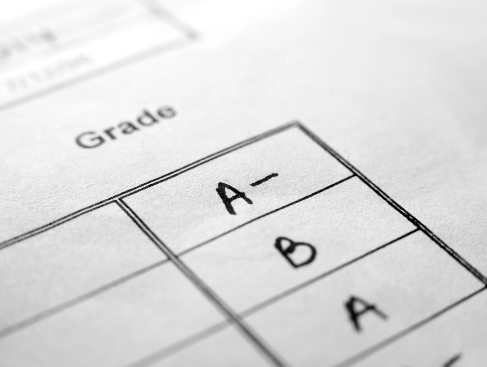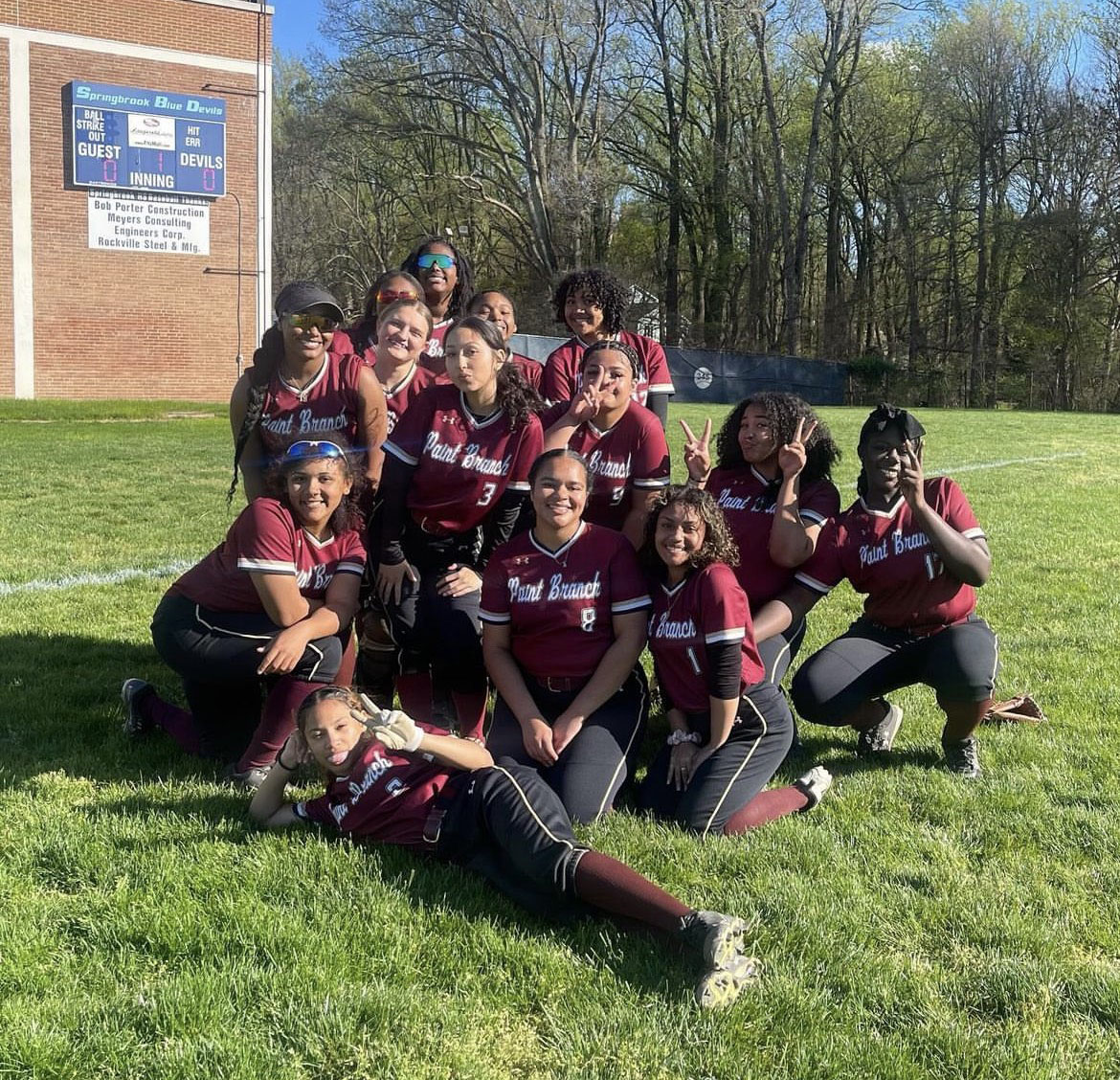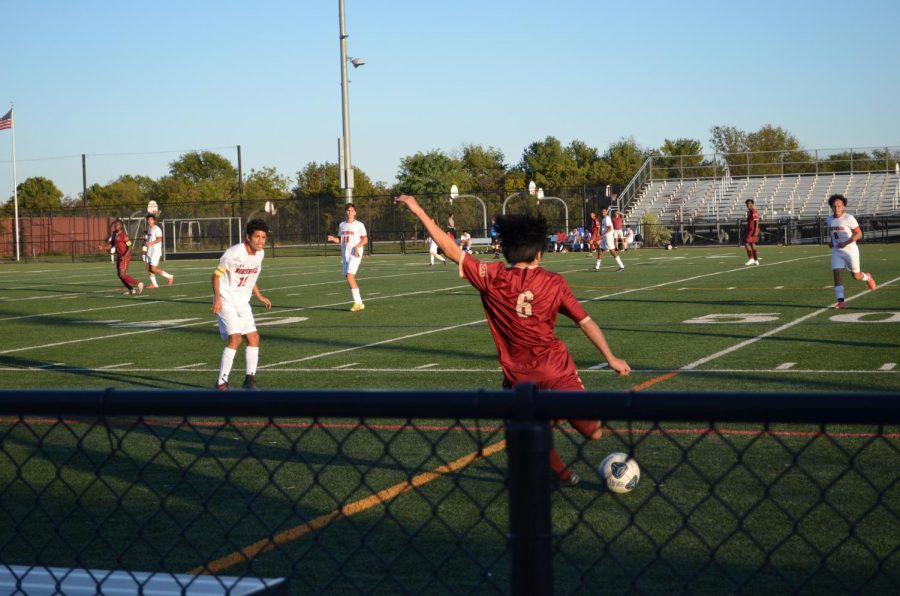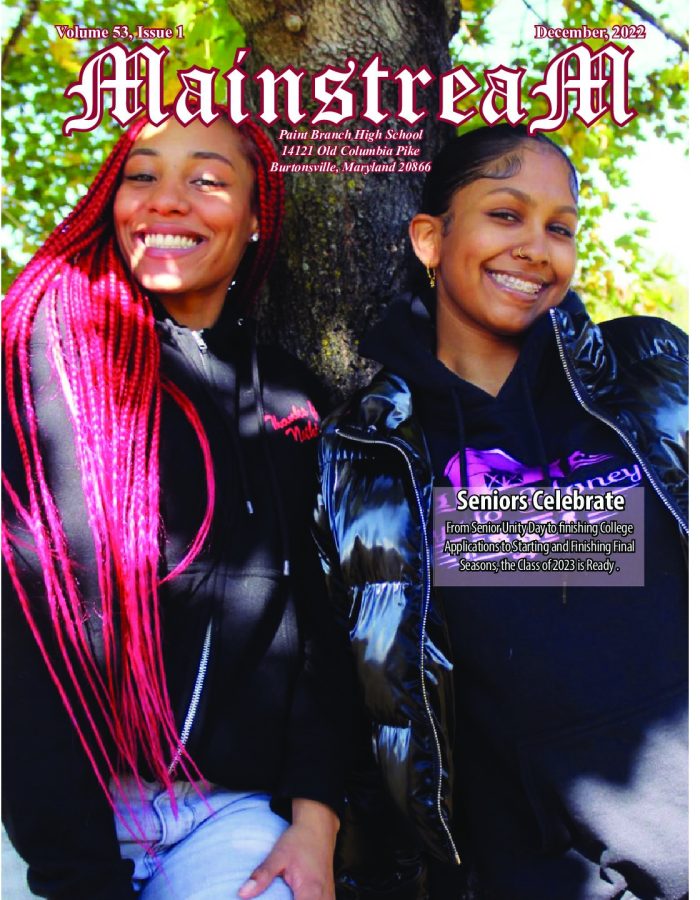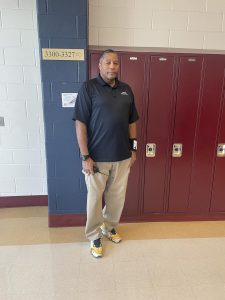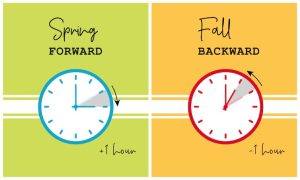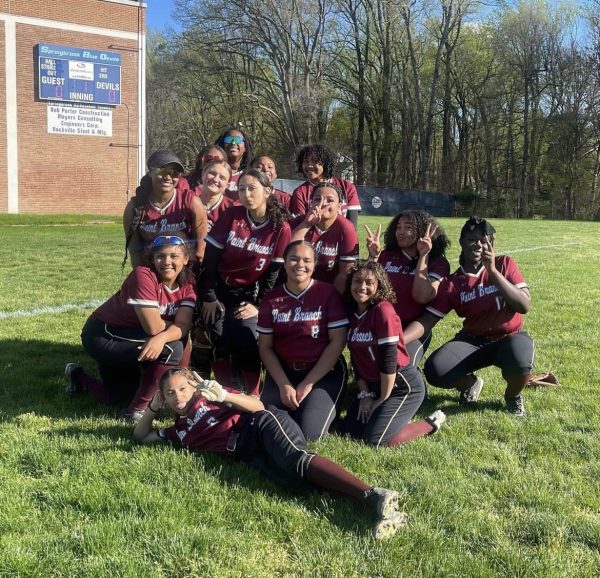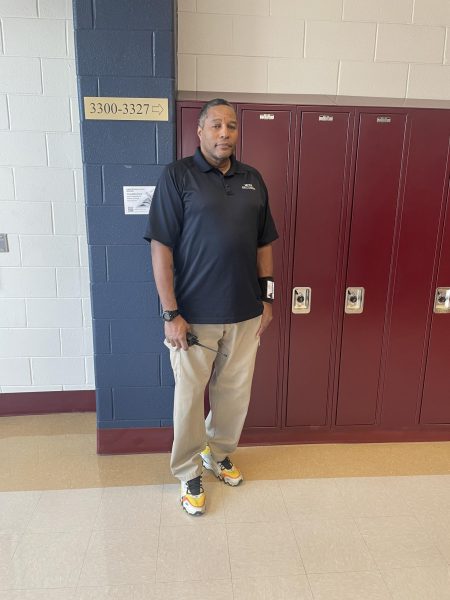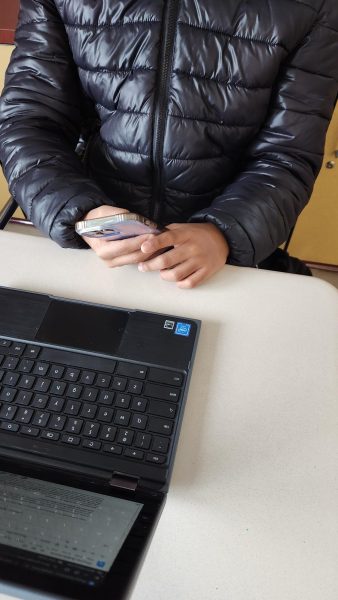NFL Combine Answers Questions & Provides New Ones
March 26, 2015
It’s that time of year again – the time when the premier college athletes go on to the final stage of a football life. That’s right, it is time for the NFL Draft.
The path to the draft actually begins with the vaunted NFL Combine, which is held on February 19–25 in Indianapolis. The combine is where the future draft picks are separated from the unfortunates. At the combine this year were athletes ranging from sure first round picks such as Alabama wide receiver Amari Cooper, Florida State defensive back Ron Darby and Oregon quarterback Marcus Mariota to lesser known players who hoped to make a splash with a gaudy 40 yard dash time or a sparkling exhibition in drills.
During the combine, Mariota had by far the best 40 time out of all the QBs, clocking in at 4.52 seconds while fellow Heisman Trophy winner Jameis Winston, of Florida State, ran a disappointing 4.97. Mariota also led all the quarterbacks in the three-cone drill, which tests agility, coming in at a 6.87, had a 36-inch vertical jump and a 121-inch broad jump. Unfortunately for Winston, his numbers were not close to any of these numbers.
Winston, however, “displayed tremendous velocity and accuracy with his passes, particularly on deep throws,” reported writer David J. Phillip from Associated Press.
The wide receiver class in this year’s draft is much like last year: explosive and spectacular. Last year’s class was led by LSU receiver Odell Beckham, Jr. and Texas A&M receiver Mike Evans, who, along with a few other rookie receivers, took the league by storm.
The top three prospects in this year’s class at wide receiver are, in order, Cooper, Devante Parker from Louisville and Kevin White from West Virginia. Cooper ran 4.42 at the combine and caught 31 touchdown passes during his 4-year college career. Gaithersburg native and UMD product Stefon Diggs, a 6-foot, 195-pound receiver, has been listed as a third-round draft target by pro analysts, but he could probably sneak into second-round thoughts for needy NFL teams. Diggs declared for the draft after catching 150 career passes for 2,227 yards and 14 touchdowns in three semi-injury-plagued seasons for the Terps.
One interesting side note to the combine was the mega trade between the Philadelphia Eagles and Buffalo Bills. On March 3, the Eagles sent All-Pro running back Lesean McCoy to the Bills for third-year linebacker Kiko Alonso. Other off-season moves by the Eagles that could affect who teams draft include the cutting LB Trent Cole, CBs Cary Williams and Bradley Fletcher, and OL Todd Herremans. With these transactions, the Eagles have freed up over 50 million dollars in cap space. With this money, they have acquired CB Byron Maxwell from Seattle, CB Walter Thurmond III from New York, RB Ryan Matthews from San Diego and RB Demarco Murray, last year’s league offensive MVP and rushing leader, from Dallas. One of the biggest off-season moves by Philly was trading QB Nick Foles to the Rams for QB Sam Bradford
The Redskins have been pretty quiet this free agency. The only big transactions they have made was releasing Roy Helu Jr, who was soon signed by the Raiders, and signing Terrence Knighton, former DT from Denver.
The Ravens let go of WR Torrey Smith who chose to join former Ravens WR Anquan Boldin in San Francisco. They also let go of kick-return specialist Jacoby Jones who will be returning kicks for San Diego next season. They also traded DT Haloti Ngata to the Lions for fourth and fifth-round draft picks, and signed RB Justin Forsett to a 3-year contract extension.

